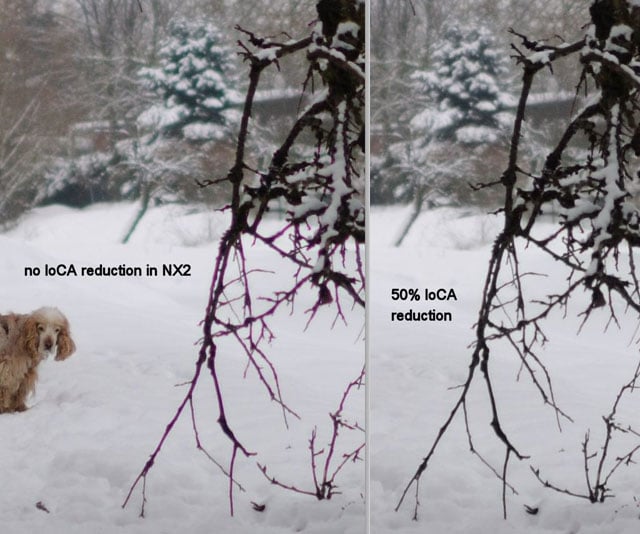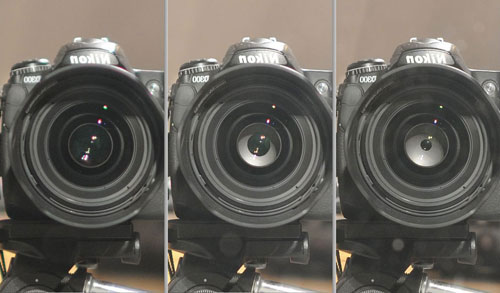Nikon 35mm f1.4G review
-
-
Written by Thomas
Quality
Testing: Longitudinal Chromatic Aberration
I probably stumbled across the worst aspect of this lens’ performance first: Longitudinal CA (loCA). I got this, because I normally test for AF accuracy first to make sure my shots are in focus (although for the most critical analysis of resolution I go for manual focus in live-view). Well: AF seems dead-on, but nasty loCAs were immediately visible.
Nikkor AF-S 35mm f/1.4G Longitudinal Chromatic Aberration (loCA) | ||
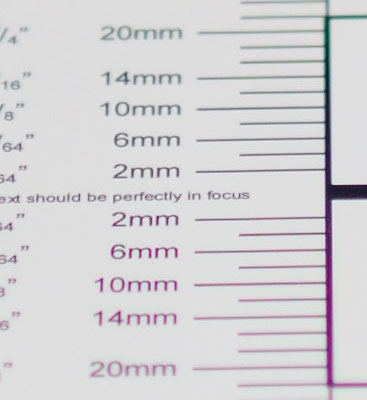 | 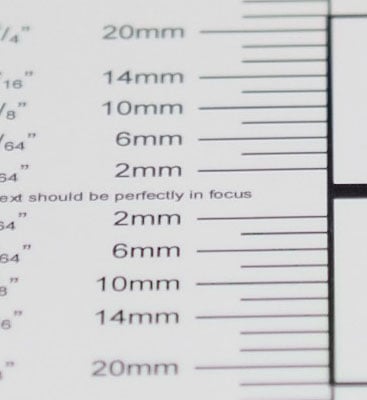 | |
| 100% crop, f1.4, loCA removal OFF in Capture NX2 | 100% crop, f1.4, loCA removal 100% in Capture NX2 | |
Above left is the result for the AF-S 35/1.4G showing a 100% crop at f1.4. As the effect is reduced by stopping down, you can access a large composite image showing the loCA from f1.4 to f5.6 by clicking on the 100% crop. Processing was done in Capture NX 2 with standard setting meaning lateral CA removal was ON, loCA removal = OFF. At f5.6 the greenish (background) and reddish (foreground) hues are almost gone – but not completely.
The image above right gives you the results from switching loCA removal to ON at 100%. This works pretty well! Bear in mind that Capture NX 2’s secret sauce for loCA removal seems to depend on the magnification and gets even better the smaller the magnification is (this test-shot was at 1:20). That can be confirmed from the following real-life shot at f1.4 with standard development in Capture NX on the left and with the results if you switch loCA-reduction on at only 50%:
| Longitudinal Chromatic Aberration: shot with Nikon Nikkor 35/1.4G on a D300 |
| f1.4, 200 ISO |
The good news is the effectiveness of the loCA removal in this case. The bad news: Without such post processing loCAs are clearly visible even at below 50% magnification (click through the image to access the 100% crop).
Sharpness and contrast
Let’s have a look at the theoretical performance (MTF-chart) first:
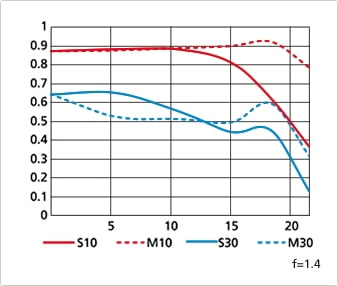 | |
Now you have to remember that these charts show the lens-performance only at the largest aperture, in this case for f1.4. To read these charts you only have to understand that higher values are better and that the closer the dotted and the continuous lines are together the less astigmatism (= resolution depends on the orientation of the test-pattern) the lens displays.
The DX-corners where I measure with the D300 are approximately at 12mm on the X-axis, the test-images from the D700 corner are from around 20 mm.
Let’s see how this theoretical performance translates into real life results in the sharpness test based on Siemens-stars.
I present center results (first column) followed by (almost) corner results on a D300 and the D700. So we’re looking at the lens within the limited DX image circle with a pixel-pitch that is roughly equivalent to a D3x. But the corners of the D700 sensor have a lower pixel pitch than both the D3x and D300 so they are more “forgiving”. Just keep that in mind, when you look at the comparison.
Processing was done in CaptureNX2 at standard settings, with white-balance adjusted to a neutral white and some exposure compensation to make the brightness match. CA-removal is ON. Focus was achieved live-view based with a little optimization by hand and it was done separately for the center and the corners because the lens has some field curvature. So you cannot achieve optimal sharpness on flat test-targets.
These are 100% crops!
Nikkor AF-S 35mm f/1.4G with Nikon D300 100% crop from center | Nikkor AF-S 35mm f/1.4G with Nikon D300 100% crop from corner | Nikkor AF-S 35mm f/1.4G with Nikon D700 100% crop from corner | ||
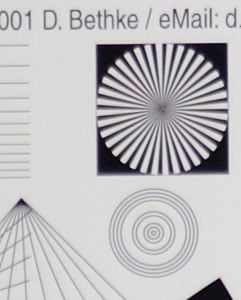 | 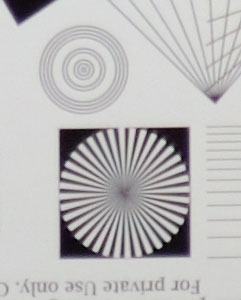 | 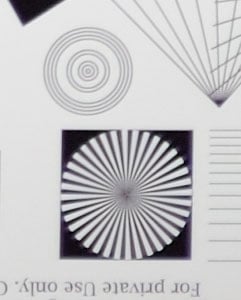 | ||
f1.4, 200 ISO | f1.4, 200 ISO | f1.4, 200 ISO | ||
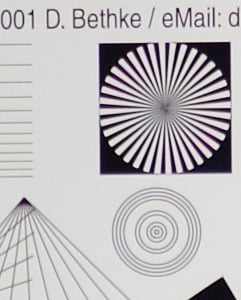 | 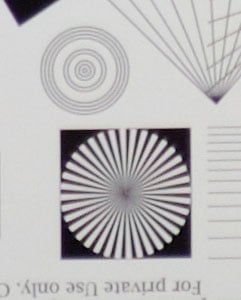 | 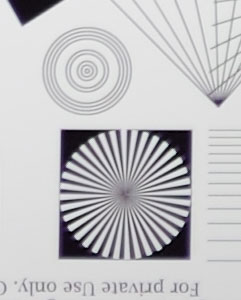 | ||
f2, 200 ISO | f2, 200 ISO | f2, 200 ISO | ||
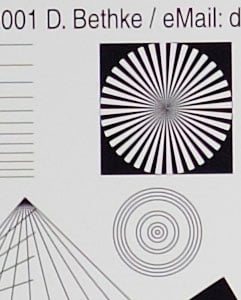 | 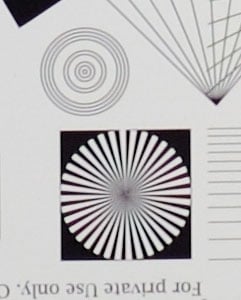 | 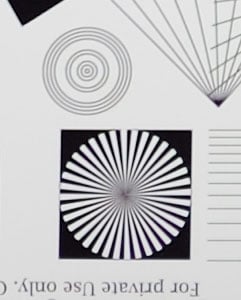 | ||
f2.8, 200 ISO | f2.8, 200 ISO | f2.8, 200 ISO | ||
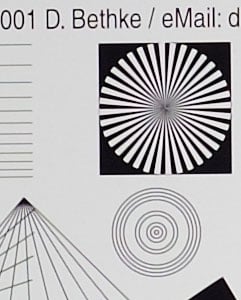 | 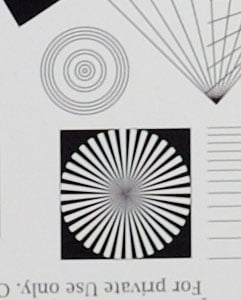 | 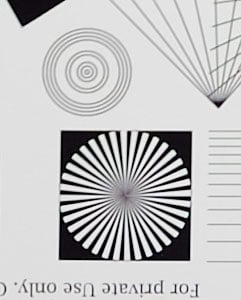 | ||
f4, 200 ISO | f4, 200 ISO | f4,200 ISO | ||
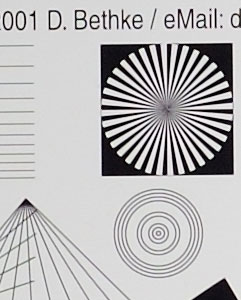 | 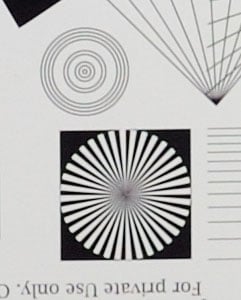 | 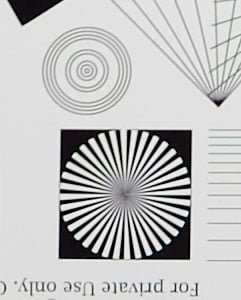 | ||
f5.6, 200 ISO | f5.6, 200 ISO | f5.6, 200 ISO | ||
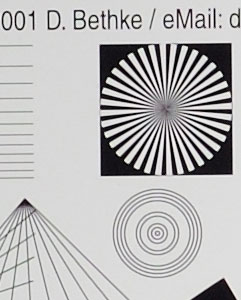 | 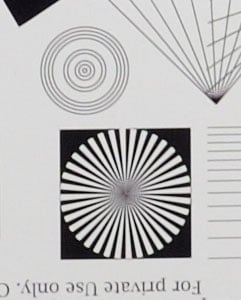 | 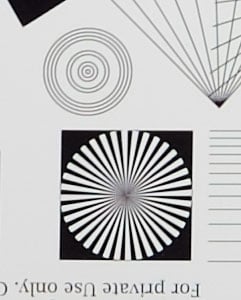 | ||
f8, 200 ISO | f8, 200 ISO | f8, 200 ISO |
The results in the center are excellent, with only little softness even wide open (remember: you’re looking at a f/1.4 lens). In the corners you see a clear drop off in sharpness/contrast below f2.8, with the corners on the D700 looking better than on the D300. Another observation is that the lens shows almost no astigmatism at those large apertures.
Closing the aperture beyond f4.0 does not lift the corner sharpness any further, which also means that the corners never quite catch up to the excellent center-sharpness unless you reach f16, where the onset of diffraction levels out the remaining differences in sharpness. But as you can see we’re talking about pretty small differences between center and corner sharpness anyway.
All in all I’d say that from f2.8 on this lens should even satisfy the pixel-peepers.
Behavior in contra-light
|
The image on the right shows a sequence of shots against a strong light-source shining directly into the lens but still outside the image circle of a DX-body. It shows how well the lens copes under these adverse conditions wide open and stopped down to f2.8 and f5.6.
The astonishing observation here is that you in fact get lower contrast when closing the aperture, although that should minimize stray-light in the lens. But unfortunately the reflections from the aperture itself cause some veiling glare.
You can judge the effect if you look at the shadows at the lower left of the camera body and the mounting-plate. The shadows become lighter and the overall image contrast and dynamic range is reduced by almost one stop when the lens is stopped down from f1.4 to f5.6. The effect is nothing dramatic but for optimal results you should prevent the sun from shining into the lens.
Comparison against other Nikon 35mm lenses
The above shows you how performance degrades once you look into the corners of the image or open the aperture. Now that may be deplorable, but such are the laws of lens-design that it’s almost unavoidable. The real question is: Is there a 35mm lens that can do better than what the 35/1.4G has produced here?
To answer this question we’ve collected a comprehensive comparison with the other two current 35mm lenses from Nikon: the venerable 35/2.0D and the DX 35/1.8G. We compare the sharpness of all three lenses side-by side. Prepare to be surprised by the affordable DX 35mm on a full-frame body and look out for unexpected differences in light transmission. So if you’re interested, head over here.
